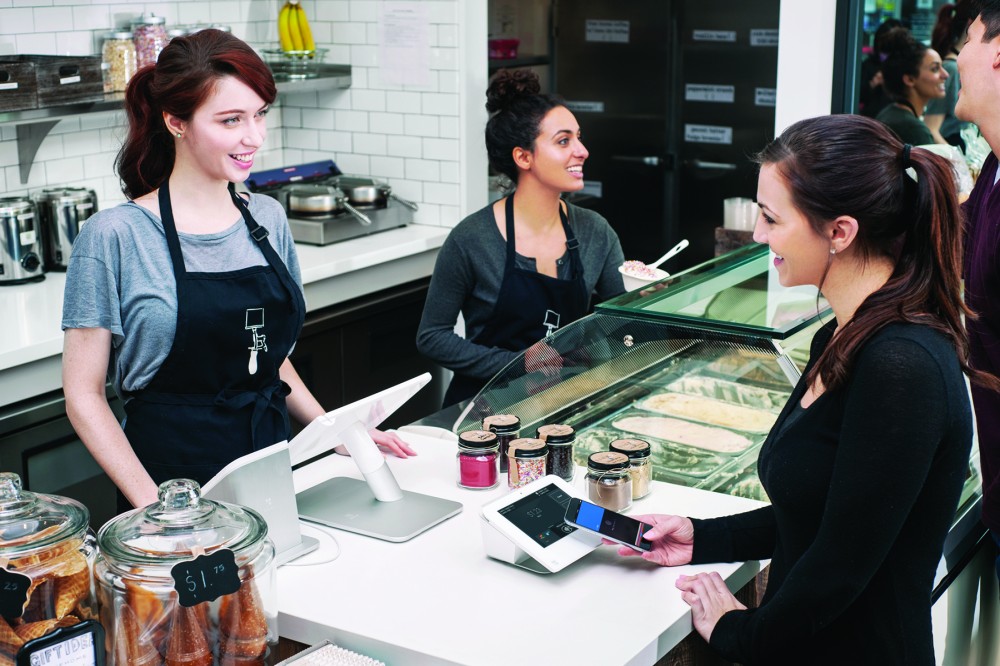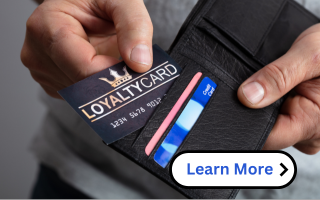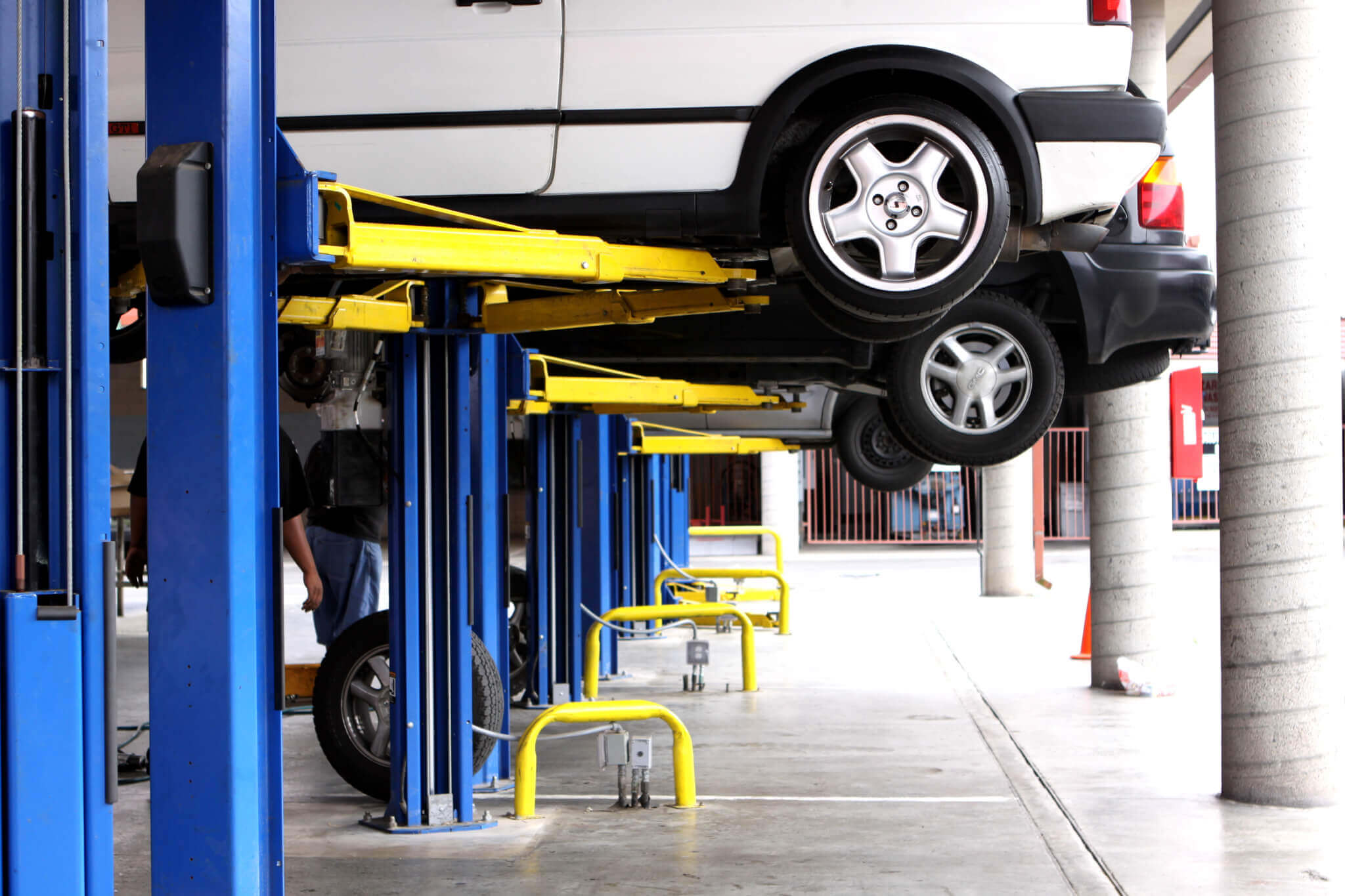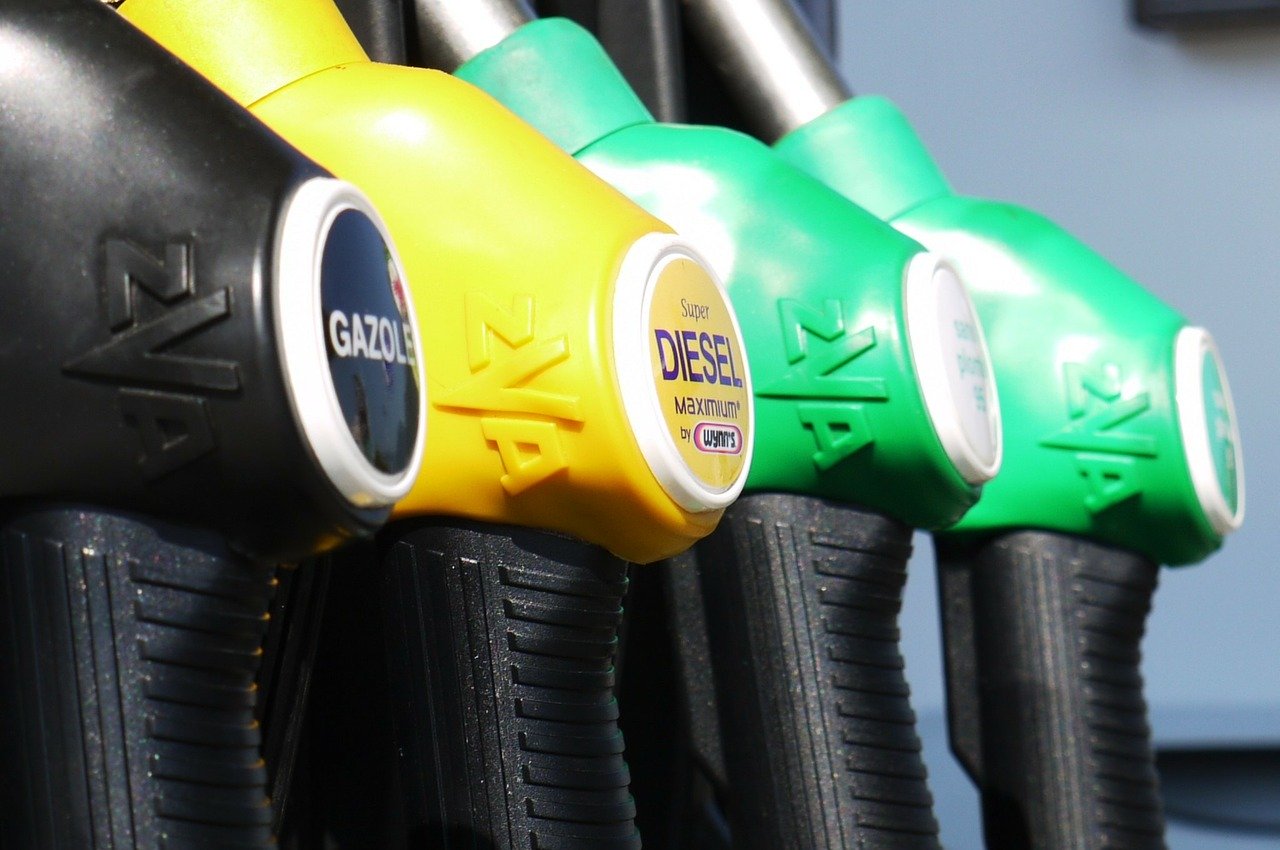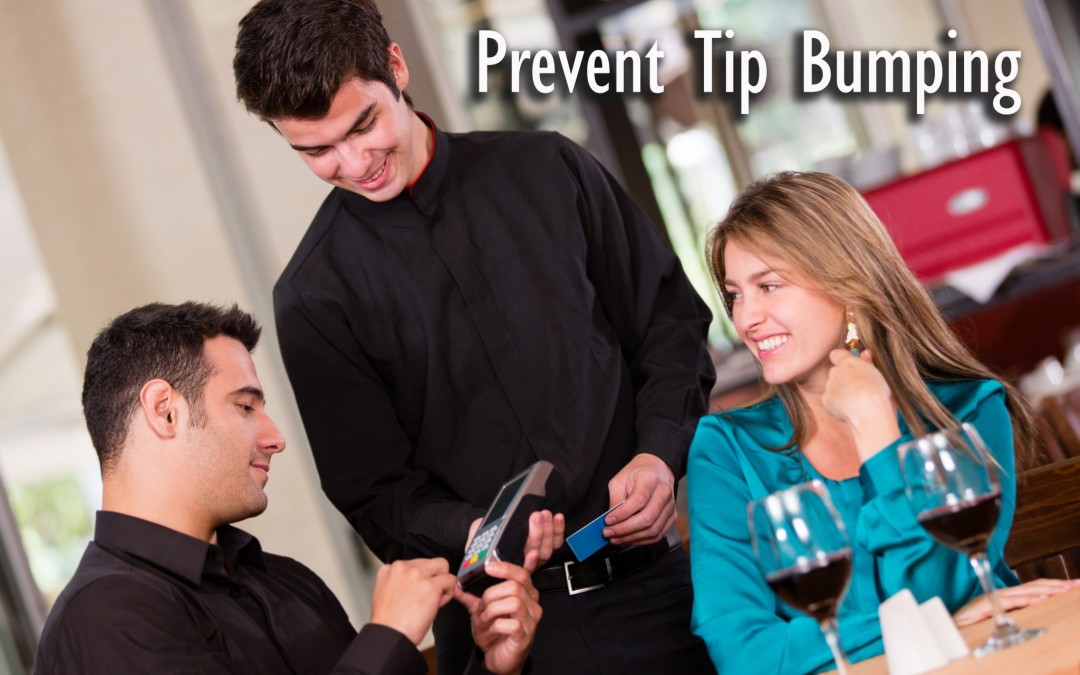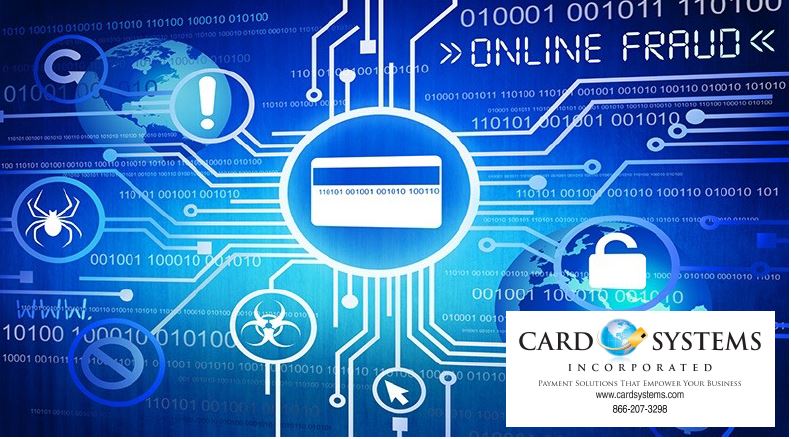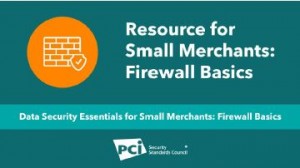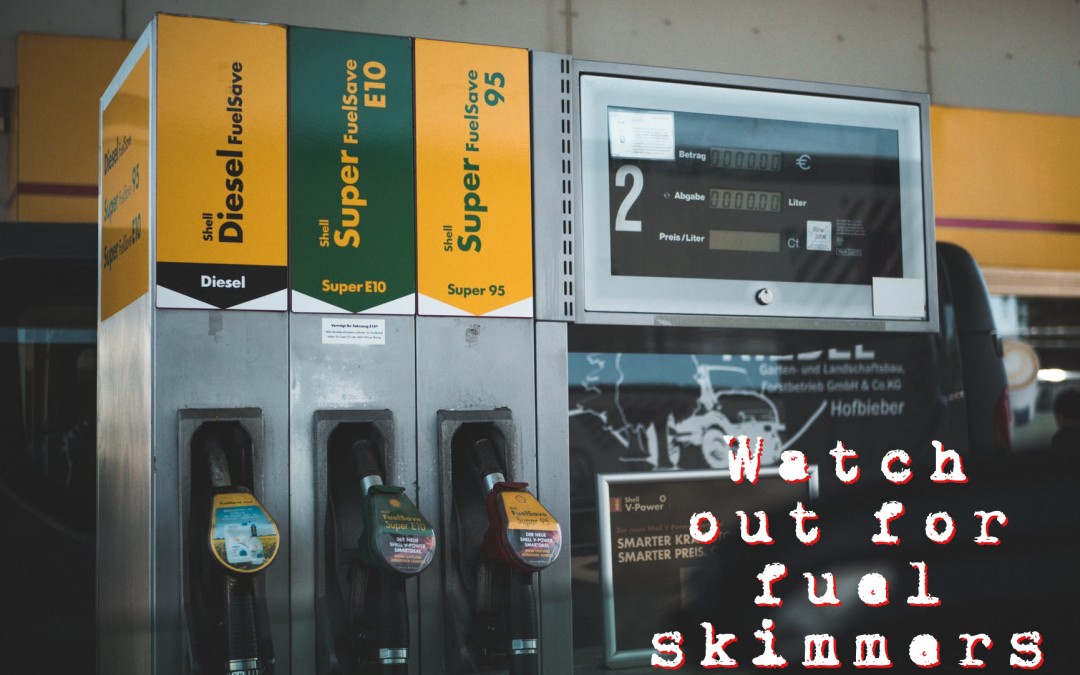
by Chandra Spary-Kontinos | Apr 1, 2022 | Featured, POS Systems, Restaurant Industry News, Services, Uncategorized
What are the differences and the best choice for your business?
Are you considering Surcharging or Cash Discounting? Accepting credit cards is a necessity in today’s world. However, credit card processing fees are taking a larger chuck out of your profit margin these days, especially with the ever-increasing popularity of rewards cards. Moreover, many of the merchant fees associated with rewards cards tend to increase year after year, due to the escalation of the “Cash Back” incentives the Card Issuers give their cardholders.
Who pays for the majority of these incentives? You the merchant. More and more merchants are now electing to add a surcharge or implement a cash discount program to combat these rising costs. This may be a great option for your company if done correctly. So, what is the difference between surcharging and cash discounting?
Surcharging
- Surcharge: Adding a small percentage to a credit card transaction to offset the merchant fees for processing the credit card payment. This surcharge is added to offset the processing fees associated with accepting credit cards. This fee only applies to credit cards and does not apply to other forms of payment such as debit cards, cash, or checks. Surcharging must also be done in a compliant manner and by a processor that follows the rules and ensures their merchants are compliant.
Cash Discounting
- Cash Discount: A reduction in price for customers who pay with cash or check instead of credit or debit cards. The discount is deducted from the advertised price at the time of sale. Another method of Cash Discounting is adding a small percentage to increase the price of the sale, known as a Non-Cash Adjustment.
Making this Win-Win Solution
Ask yourself, is this a good move for your business? Will there be pushback from the customers? The solution is simple. Giving your customers an option to pay with a lower-cost alternative is a win-win! They continue to receive great pricing if they pay with cash or check, and you are able to offset your processing fees. It is good for both parties when these programs are rolled out correctly with proper signage, employee training, and a good Point of Sale System, which calculates and ensures compliance.
Card Systems understands that every business is unique, which is why we take a consultative approach to find the right solution for your business and card processing needs. Whether you’re just getting started or have been in business for decades, Card Systems can offer endless benefits to help you run your business more efficiently and more profitably.

by Chandra | Apr 10, 2020 | Business to Business News, Capital or Financing, News, Restaurant Industry News, Uncategorized
Get the Funding You Need
We are in a Health and Financial Crisis of unprecedented magnitude and a huge financial impact on you, and your business is still a big unknown. Many of you are experiencing a 50%-95% drop in sales, and some of you may have closed your doors completely. Our hearts go out to you, and we want to help in any way.
First, we must plan for the worst and hope for the best. Financial assistance is available today. It’s out there and available for you in several forms, and we can help. This is our understanding as much as one can involving the Federal Government. Please understand we are not offering legal or accounting advice, contact local professionals licensed in your area for more info.
As your trusted advisor, we are here to help by sharing some useful guidelines we have found while navigating the process ourselves. We have also included some helpful references below. Please check your state as they may have some funding programs available in addition to the EIDL (Economic Injury Disaster Loan) and the PPP (Paycheck Protection Program).
Many of the banks were still awaiting guidance from the SBA before releasing their latest applications and their portals to be up and we are encouraging you to apply with them if you have an established relationship. As you can imagine, they are overwhelmed with a flood of applications and processing their clients first.
We have an alternative solution. We have partnered with a Lending Platform, Lendio, that can help expedite this process. They charge no fees and are entirely automated and accepting applications online today. They have been providing loans to small businesses for many years, and therefore already have the automated tools in place to process your loan quickly.
Three Suggestions to Help You Today
Apply for the PPP loan
It doesn’t matter if you are C-Corp an S- Corp, Partnership, LLC Sole Proprietor, 501C Non-Profit, Tribal Business, or even an Independent Contractor, you can apply. This is first-come; first-serve, so get your application in through your bank or click here to apply through our banking platform.
Summary of PPP
- Forgiveness of 2.5 x monthly payroll, payroll commissions, benefits, and taxes, as long as employees retained
- 1% interest loan with forgiveness (was initially announced at 0.05%)
- No personal guarantee
- May also include some insurance, rents, utilities
- 100% of the loan is supposed to be forgiven if 75%+ of the revenue is payroll related
- Loan payments are deferred 6 months should you have to pay it back
- 2-year term
Treasury Fact Sheet
Apply for the $10K ECONOMIC INJURY DISASTER LOAN (EIDL)
Businesses affected should immediately apply for the $10K loan to help them get funds quickly. It is easy to fill out (10 minutes online) and will be forgiven if the guidelines are followed: SBA.Gov. Remember, this is first-come; first-serve, so get your application in quickly.
Apply for State Emergency Funds
The Florida Disaster Bridge Loan is a $50K ($100K in special circumstances), 12-month, 0 interest loan. It requires more paperwork but worth a look. Check your State’s available resources. Sorry, the funds have been exhausted already. However, the EIDL Fund is going to be replenished.
Time is of the essence for all of us as these are first-come, first-serve programs. The money well is only so deep ($350 Billion) until additional funding is approved (maybe). We urge you to act quickly by contacting your lender or us so we can connect you with our lender.
Please stay healthy, adhere to the CDC guidelines, and as we have always done in our history…. America will get through this!
References
https://www.sba.gov/

by Chandra | Aug 21, 2019 | POS Systems, Security
Could this be happening at your restaurant?
How many times have you used a credit card at a restaurant, added a tip and signed for the total, and then just threw it away?
For most people, that’s the regular occurrence, but on occasion, servers are changing the tip amount to put more money in their pocket. This is stealing from your guests and guarantees they will never come back. Tip bumping may also make people avoid your restaurant altogether. If there is a known restaurant or establishment has staff that is stealing, guests will not be coming through the doors and worse yet, they are spreading the word. The sad thing is you may never realize it until someone complains and by then the brand damage has been done.
How does it happen?
Tip bumping in a restaurant is simple to do without check systems in place. All a server has to do is make a few slight modifications by changing a 1 in front of a 2 or by changing a 6 or to a 9. They can also reprint the slip, adjust and sign it themselves. How many times have you requested a copy of your signature? Some waitstaff only target foreign tourists as the currency conversion is complex and it is a safer way to steal. Others feel entitled after they feel they have been slighted by a small tipper.
To remedy tip bumping there are three main strategies: audit, automate, and watch. These three options are the most effective when used together and help eliminate tip bumping and angry guests.
Audit:
The restaurant manager or owner closing out should always verify the recorded tips and totals on each server’s checkout with the actual tips and totals on the credit card receipts. This method seems tedious but is the only way to ensure accuracy and guests check amounts are recorded properly.
Automate:
Implementing a Pay-at-the-Table POS or Kiosk eliminates the old paper receipt system and the tip is entered into the POS by the guest, ensuring the correct tip is recorded. The server only handles cash transactions and tips with this method.
Watch:
Install a camera system within your Restaurant POS for firsthand recordings of the theft being committed.
Most of these types of crimes go undetected until the customer complains. Some merchants have even had servers arrested if they are caught tip bumping. Nothing sends a better signal to the rest of the staff, that this is a real crime and it will not be tolerated. It is also encouraged to do background screenings on new hires as incidents like this or others will appear on their record protecting employers from theft and brand damage.
Fortunately most servers are honest but you if you suspect this is happening at your restaurant, it probably is. Protect your business, patrons and reputation by taking precautions. If you don’t have systems in place, we will be happy to help.

by Kim Dailey | Jul 26, 2019 | E-Commerce, PCI, Retail Industry News
In 2015 the PCI SSC created the Small Merchant Taskforce, a cross-industry consortium of payment
security experts, merchant groups and small merchant advocates, to create educational material and
suggested next steps to assess risk within a small business environment. The Taskforce drew from
their collective payment security and small merchant expertise to create PCI Data Security Essential
Resources for Small Merchants, a series of resources to help small merchants focus on essential
payment data security practices needed to protect payment data and reduce risk in their business
environment.
As part of that series, PCI SSC created PCI Firewall Basics, a one-page infographic providing
guidance on firewall configuration basics.


by Chandra | May 24, 2019 | Data Security Credit Card, POS Systems, Security
Point-of-Sale Fraud Alert
Recent incidents in the U.S. in which criminals are committing fraud through processing fraudulent return transactions. As part of the fraud scheme, criminals obtain Point-of-Sale (POS) devices—either from an acquirer or agent while posing as a merchant, from online resellers or auctions, or through theft—and program the POS devices with the credentials of a legitimate merchant, thus effectively cloning the unsuspecting merchant’s actual POS device. Criminals use the cloned POS devices to complete returns to gift cards, often in the range of $2,000 – $6,000 per transaction. After the returns are posted to the gift cards, the cards are cashed out at ATMs. Criminals prefer gift cards and in some instances debit cards. These products fund rapidly, allowing fraudsters to get their hands-on cash immediately.
What can you do to protect yourself?
- Always verify anyone calling you posing as your merchant provider
- Monitor your transactions often, especially credits
- Make sure your terminal or POS doesn’t allow credits without a corresponding sale
- Educate your employees
- Never let anyone other than your merchant provider, touch your terminal or Point-of-Sale System
- Change passwords often and use caution if you are working remotely
As a business owner, you can never be too cautious. These crimes happen primarily on the weekends (especially long holiday weekends). Criminals will choose to take advantage of the operating hours of the merchant and financial institutions. Protect your business this holiday and throughout the year!
Call us for help if you think you’ve been compromised, or for advice on how to protect your business in the future. Toll Free 1-866-207-3298.

by Chandra | May 24, 2019 | Data Security Credit Card, MasterCard, News Alerts, Security
New Credit Card Skimmers found inside card readers at gas pumps at many 7-11 stores
Look for the red tag on the pumps or go into the store to pay. Some 7-11 stores have installed temporary locks on pumps until permanent locks arrive.
Fraud Facts
Florida is number one in the country for crimes related to fraud, mainly because dozens of people are being targeted at the pumps by skimmers a day.
This year alone, 561 skimmers have been found at gas stations in the State. Due to this growing number of skimmers, State Leaders are making fraud prevention a priority.
The Florida Department of Agriculture and Consumer Services is pushing gas stations in Florida to install encryption readers by November of 2020. The encryption readers will scramble your cards information so that your number can’t be grabbed by another device to steal your information.
Tuesday, the Lee County Board of Commissioners unanimously passed the Fuel Pump Security Ordinance. Both Charlotte County and The Cities of Cape Coral and Punta Gorda have ordinances in place already to protect you at the pump.
Five Tips to Fight Fraud
Here are five tips for consumers to avoid credit card fraud by gas pump skimmers, listed by the Florida Department of Agriculture and Consumer Services:
- Avoid using pumps that are open or unlocked, have had the tamper-evident security tape cut or removed, or otherwise appear unusual.
- Use a credit card – not a debit card: If a credit card number is skimmed, you’re protected by the card issuer’s zero-liability policy – but a stolen debit card number could be far more damaging.
- Pay inside, with cash or credit, instead of at the pump
- Choose gas pumps closest to a physical building: Don’t use gas pumps out of the attendant’s line of sight, such as those around a corner or behind a building.
- Check your card statements and sign up for fraud alerts
NBC-2 Related News Story


